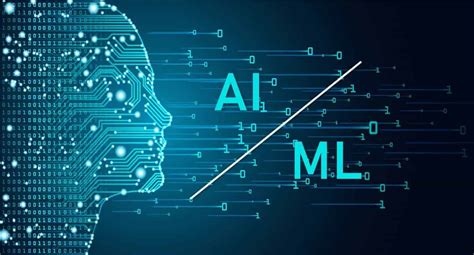For many seasoned web developers, the dream of pivoting into the AI/ML universe often feels like transitioning to a new planet. The vastness, complexity, and specialized knowledge associated with AI and Machine Learning can appear intimidating. However, plenty within the tech community suggests that transitioning from web development to AI/ML is not only possible but also increasingly common. This article aims to explore this fascinating journey while providing insights based on industry experiences and practical advice.
Many developers possess a strong foundation in computer science, mathematics, and programming—key competencies for succeeding in AI/ML. PaulHoule, for instance, highlighted his journey through diverse tech roles, facilitated by a robust understanding of physics and math. Developers shouldn’t overlook the importance of their existing skills. The transition is often not about starting from scratch but rather building upon a solid base.
One of the initial steps suggested by some experts like PaulHoule is starting with open-source AI projects. Getting involved in these projects and showcasing them on platforms like GitHub can substantially enhance your portfolio. Engaging with FOSS AI communities also allows budding AI enthusiasts to collaborate, learn, and gain visibility in the field. An excellent route to transition into AI jobs follows from consistent contributions and building a track record.
Another effective strategy is to leverage your current web development skills in an AI-centric team. As omneity notes, AI practitioners typically shy away from frontend and backend tasks. By joining such teams, full-stack engineers can initially contribute to the development side while learning and absorbing AI practices from their peers. This symbiosis offers a practical learning experience and adds relevant AI work to your resume.
For those aiming for a theoretical grasp, pursuing further education cannot be underestimated. As Atheb mentions, rigorous study materials like ‘Pattern Recognition and Machine Learning’ by Christopher Bishop, ‘Mathematics for Machine Learning’ by Peter Deisenroth, and ‘Deep Learning’ by Ian Goodfellow can solidify your understanding. These texts, available online, can be pivotal in grounding developers in essential AI/ML concepts.
OpenAI API and frameworks like Hugging Face provide tools that significantly lower the barrier of entry for developers to start integrating AI into their projects. As ilaksh observed, many AI applications today involve using pre-built models and APIs rather than developing complex algorithms from scratch. This democratization of AI tools allows developers to creatively apply AI in real-world solutions without deep expertise.
Furthermore, the role of the AI Engineer is emerging as a bridge between pure ML research and application development. According to simonw, AI Engineers primarily work on leveraging existing AI models to build innovative products. These roles often do not require intense knowledge of model training but a good understanding of deploying and integrating AI functionalities. Focused online courses, such as those offered by Fast.ai, can offer practical, application-driven AI/ML education geared towards developers.
Lastly, adopting a growth mindset toward constant learning, as highlighted by willsmith72 and various other commenters, is crucial. The tech industry is dynamic, and staying relevant requires continuous education and adaptation. Whether exploring new frameworks, keeping up with research papers, or participating in workshops, lifelong learning is synonymous with technology careers.
In conclusion, while the journey from web developer to AI/ML professional may seem daunting, it is far from impossible. The key lies in identifying bridges between existing skills and new competencies, strategically utilizing open-source resources, engaging with the community, and maintaining an unwavering commitment to learning. With the rapid evolution of technology, those who adapt and innovate will find themselves at the forefront of tomorrow’s technological advancements.


Leave a Reply